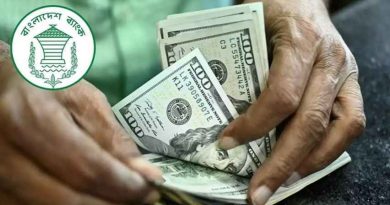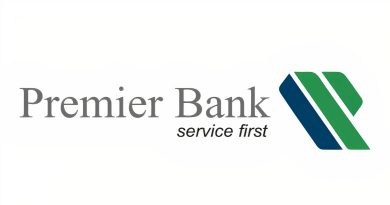Commercial banks’ borrowing from the Bangladesh Bank has fallen sharply in recent months as investment opportunities narrow amid a prolonged economic slowdown.
Bankers and money market analysts said lenders’ appetite for fresh funds has weakened mainly because yields on government securities — the only relatively safe investment option during the slowdown — have fallen significantly. With lower returns, banks no longer find it profitable to borrow at higher rates and invest in G-secs.
At the same time, the central bank has been purchasing dollars from banks to stabilise the exchange rate. Since July 13, the regulator has bought $2.126 billion from the market, injecting around Tk 259 billion in liquidity. This additional liquidity has reduced banks’ need to borrow through central bank repo and special liquidity windows.
Central bank repo and special liquidity facilities are the two key instruments banks use to manage liquidity shortages. But demand for both has dropped sharply.
Bangladesh Bank data shows that banks borrowed Tk 1.55 trillion through repo in July. The amount fell steadily to Tk 1.09 trillion in August, Tk 996 billion in September and Tk 616 billion in October.
Borrowing under special liquidity facilities — which include assured liquidity support, assured repo and the Islami Banks Liquidity Facility — has also plunged. Banks borrowed Tk 1.43 trillion in July, dropping to Tk 1.18 trillion in August, Tk 603 billion in September and Tk 396 billion in October.
A senior central bank official said the trend shows that the regulator’s contractionary monetary stance to curb inflation is now transmitting into the market. Private sector credit growth has dropped to 6.29 per cent — a historic low — while deposit growth has climbed above 10 per cent. This indicates banks are sitting on surplus liquidity but lack viable investment avenues.
Some banks are even parking excess funds in the standing deposit facility despite a 50-basis-point rate cut to 8 per cent.
He noted that banks had been aggressively borrowing from the central bank to invest in high-yield treasury bills and bonds when returns were above 12 per cent a few months ago. “In October, yields dropped to around 10 per cent. Borrowing at 10 per cent and investing in G-secs no longer makes sense for them,” he said.
The managing director of Mutual Trust Bank PLC said investment opportunities have continued to shrink because of the macroeconomic situation. The central bank’s large-scale dollar purchases have also injected substantial liquidity into the system, reducing banks’ need for borrowing.
The managing director of Shahjalal Islami Bank PLC said private sector credit demand has weakened significantly as banks remain cautious to maintain strong year-end balance sheets in a challenging economic environment. He added that the country needs to revive economic activities and create a conducive investment climate for both banks and businesses.






